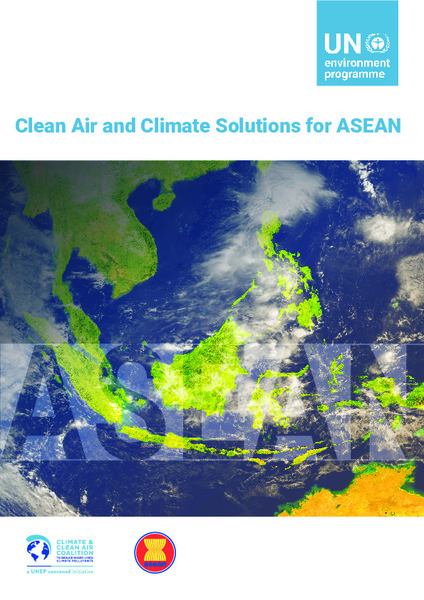| dc.contributor | Industry and Economy Division | en_US |
| dc.contributor.author | United Nations Environment Programme | en_US |
| dc.contributor.other | Klimont, Zbigniew | en_US |
| dc.contributor.other | Kiesewette, Gregor | en_US |
| dc.contributor.other | Schöpp, Wolfgang | en_US |
| dc.contributor.other | Gómez-Sanabria, Adriana | en_US |
| dc.contributor.other | Rafaj, Peter | en_US |
| dc.contributor.other | Purohit, Pallav | en_US |
| dc.contributor.other | Borken-Kleefeld, Jens | en_US |
| dc.contributor.other | Wagner, Fabian | en_US |
| dc.contributor.other | Heyes, Chris | en_US |
| dc.contributor.other | Höglund-Isaksson, Lena | en_US |
| dc.contributor.other | Nguyen, Binh | en_US |
| dc.contributor.other | Sander, Robert | en_US |
| dc.contributor.other | Warnecke, Laura | en_US |
| dc.contributor.other | Zusman, Eric | en_US |
| dc.contributor.other | Akahoshi, Kaoru | en_US |
| dc.contributor.other | Kuylenstierna, Johan | en_US |
| dc.contributor.other | Hicks, Kevin | en_US |
| dc.contributor.other | Hengesbaugh, Matthew | en_US |
| dc.contributor.other | Jagath Dickella Gamaralalage, Premakumara | en_US |
| dc.contributor.other | Malley, Chris | en_US |
| dc.contributor.other | Ittipol, Ueno | en_US |
| dc.contributor.other | Kuylenstierna, Johan | en_US |
| dc.contributor.other | Zusman, Eric | en_US |
| dc.contributor.other | Akahoshi, Kaoru | en_US |
| dc.contributor.other | Nikam, Jaee | en_US |
| dc.contributor.other | Archer, Diane | en_US |
| dc.contributor.other | Malley, Chris | en_US |
| dc.contributor.other | Borgford-Parnell, Nathan | en_US |
| dc.contributor.other | Quinn-Savory, Scarlett | en_US |
| dc.coverage.spatial | Asia and the Pacific | en_US |
| dc.date.accessioned | 2025-03-17T08:04:04Z | |
| dc.date.available | 2025-03-17T08:04:04Z | |
| dc.date.issued | 2025-03 | |
| dc.date.submitted | 2025-03-17 | |
| dc.identifier.isbn | 978-92-807-4213-8 | en_US |
| dc.identifier.other | DTI/2695/NA | en_US |
| dc.identifier.uri | https://wedocs.unep.org/20.500.11822/47268 | |
| dc.description | Air pollution is a critical environmental challenge in Southeast Asia, affecting millions of lives. This report outlines a strategic approach to improving air quality while also combatting climate change in the ASEAN region. The Clean Air Solutions for ASEAN report identifies 15 priority measures that could more than triple the number of people breathing clean air by 2030 and reduce PM2.5 levels by 50–70%. These solutions also provide significant climate benefits, cutting emissions of black carbon (-70%), methane (-39%), and HFCs (-75%), alongside a 25% reduction in CO₂ emissions by 2030. Importantly, nearly 40% of the air pollution reduction potential can be achieved by strengthening enforcement of existing policies, highlighting the need for better implementation rather than entirely new regulations. This report is a roadmap and call to action for ASEAN nations, urging policymakers, businesses, and communities to adopt science-based solutions for a healthier, more sustainable future. | en_US |
| dc.format | pdf | en_US |
| dc.language | English | en_US |
| dc.subject | air pollution | en_US |
| dc.subject | air quality | en_US |
| dc.subject | climate change | en_US |
| dc.subject | regional cooperation | en_US |
| dc.subject | carbon emission | en_US |
| dc.subject | energy | en_US |
| dc.subject | Southeast Asia | |
| dc.title | Clean Air and Climate Solutions for ASEAN | en_US |
| dc.type | Technical Reports | en_US |
| dc.type | Publications | |
| wd.identifier.sdg | SDG 3 - Good Health and Well-Being | en_US |
| wd.identifier.sdg | SDG 13 - Climate Action | en_US |
| wd.topics | Climate Action | en_US |
| wd.identifier.pagesnumber | 67 p. | en_US |
| dc.relation.TableOfContents | Bringing Clean Air, Better Health, A Stable Climate and Other Benefits to the ASEAN Region | |
| dc.relation.TableOfContents | Implementing Solutions in Southeast Asia | |
| dc.relation.TableOfContents | Regional Cooperation on Integrated Solutions to Air Pollution and Climate Change | |
| wd.identifier.doi | https://doi.org/10.59117/20.500.11822/47268 | |


